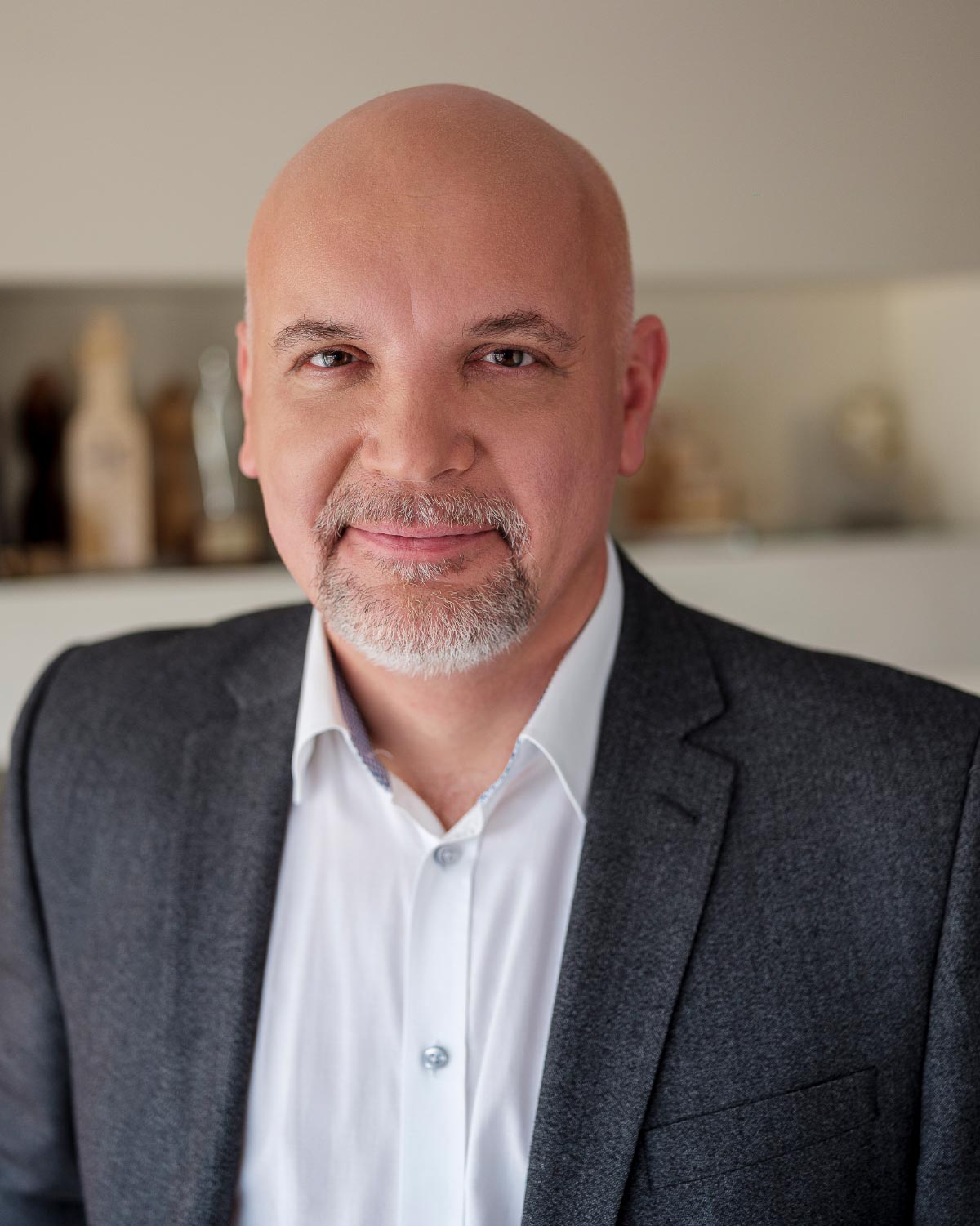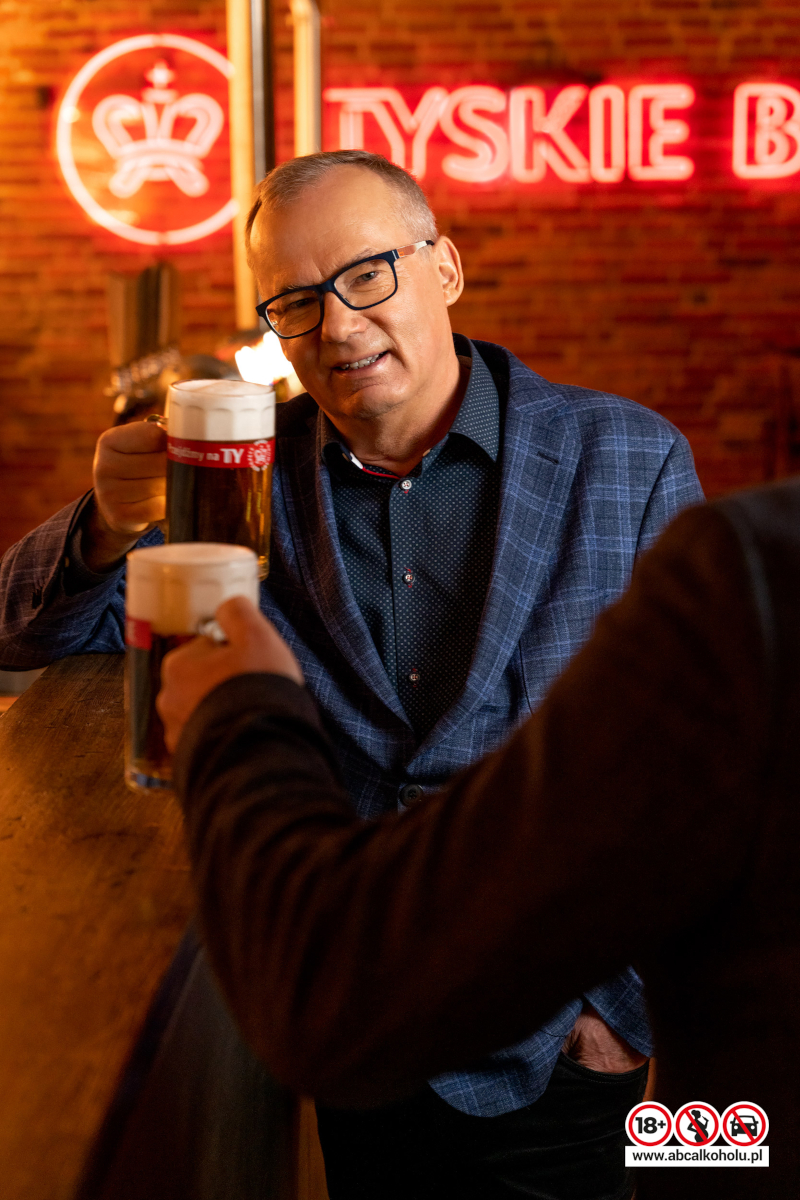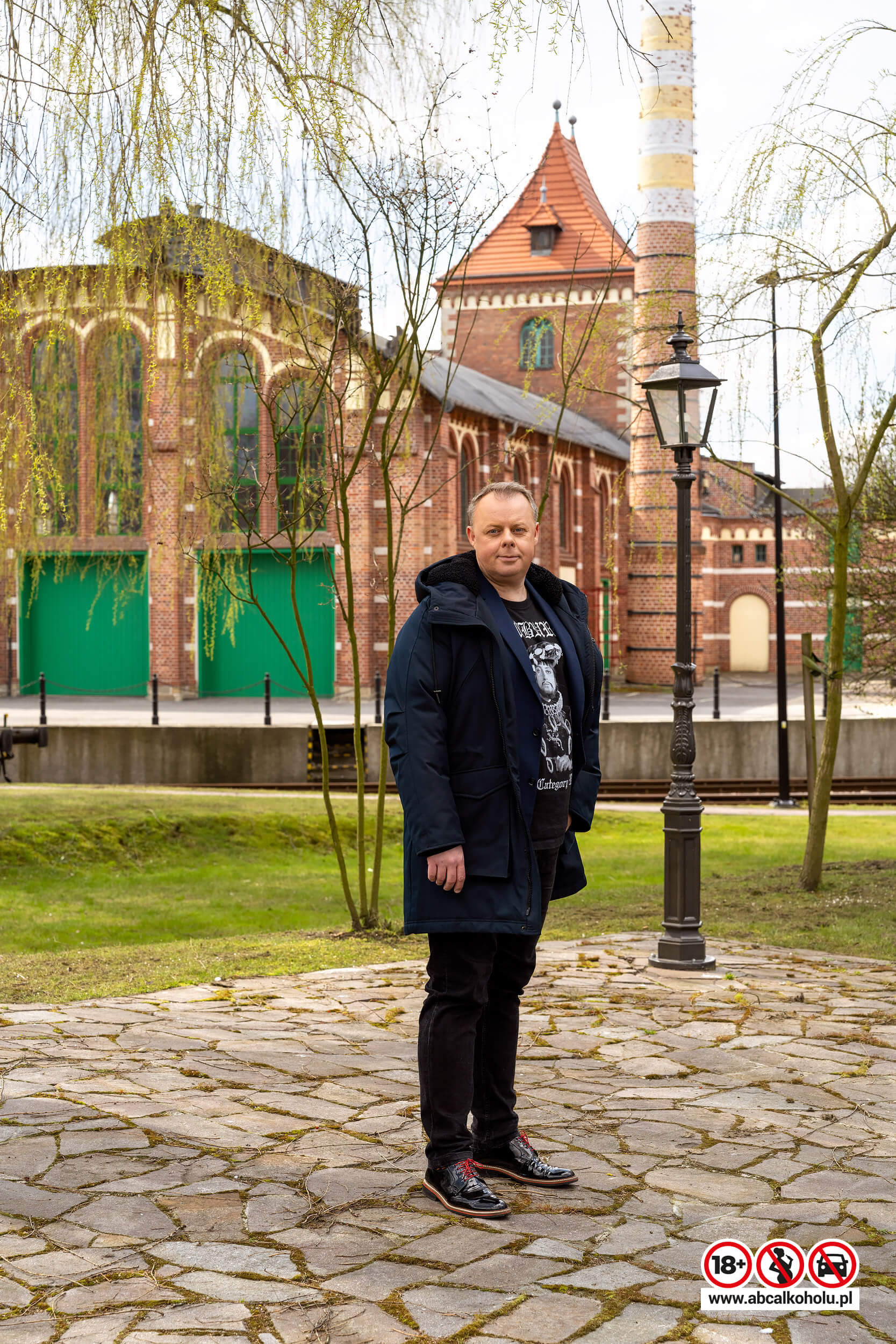Foamy Stories
The world of beer is round, and history keeps turning
Matylda Sałajewska is a visual artist creating in the fields of scenography, film, public space
installations and design.
Originally from Częstochowa, she pursued her education and professional experience across Poland
and internationally, only to return to Silesia – this time settling in Katowice. Her Silesian
heritage strongly influences her work: in addition to the revitalization of the Tyskie Browary
Książęce Visitor Centre, she has collaborated on numerous cultural events in the region and
earned local awards.
Her body of work stands out for its scale and diversity, including numerous exhibitions and
festival appearances both in Poland and abroad. The list of her most notable projects includes
developing the visual identity for the renowned "Stanley Kubrick" exhibition at the National
Museum in Kraków and crafting an installation for the opening of the new Museum of Modern Art
building in Warsaw.
In her work, she often explores social and environmental themes. Driven by a passion for
challenges and desire to avoid routine, she maintains an open mind, finding inspiration in
everything around her and remaining in a constant state of creativity. Her process is fuelled by
a profound curiosity about the world, empathy, and deep love for animals.










